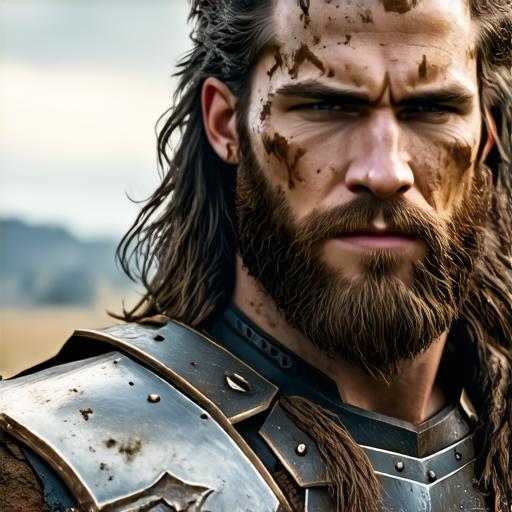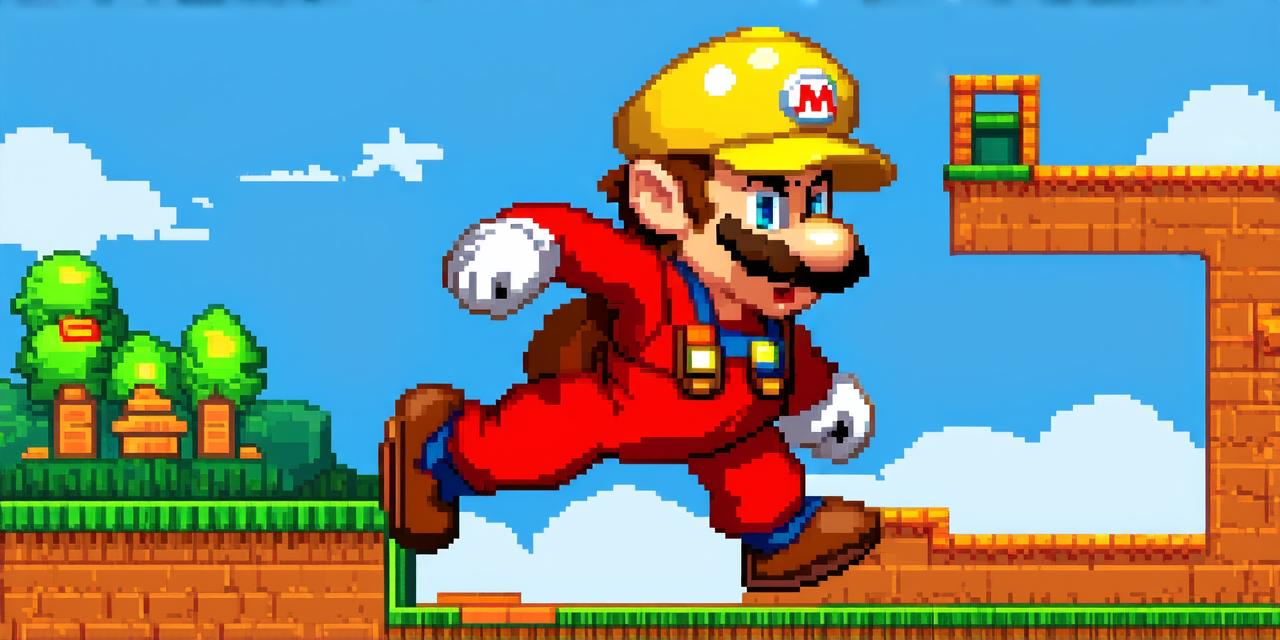
The history of Mario is intertwined with the story of video games. From his first appearance in “Super Mario Bros.” in 1985 to his ongoing presence in the gaming world today, Mario has become one of the most recognizable and beloved characters in all of pop culture.
The Early Days: A Pizza Deliveryman Named Mario
Mario was created by Shigeru Miyamoto, a Japanese game designer who began his career in the 1970s working for Nintendo. It all started with a simple idea for a platformer game that would involve a character jumping on objects to navigate through levels. In an interview with Game Informer, Miyamoto said:
“I wanted to make a game where players had to use their minds and creativity to solve puzzles. I came up with the idea of a plumber who could jump high and run fast, and decided to call him Mario.”
Mario’s name was inspired by several sources. One of them was Miyamoto’s own son, who at the time was learning English and had become fascinated with American culture. Another source was the Italian city of Naples, which was famous for its pizza. Miyamoto said:
“I decided to call him Mario because he was like a plumber, and I thought it would be fun to use an Italian name because people in Japan love pizza.”
So there you have it – Mario was originally a pizza deliveryman named after an American city famous for its pies. But what happened next? Find out below.
The Evolution of Mario: From Pizza Deliveryman to Princess Killer
Mario’s first appearance was in “Super Mario Bros.” in 1985, where he played the role of a plumber who had to rescue Princess Peach from the evil Bowser. However, this was just the beginning of Mario’s journey. Over the years, the character has evolved and changed in many ways.
One of the biggest changes came with the release of “Super Mario 64” in 1996. This game introduced players to a three-dimensional world where Mario could explore and interact with objects in new ways. The success of this game paved the way for future Mario titles, such as “The Legend of Zelda: Ocarina of Time,” which combined elements of both franchises.
Another major evolution came with the introduction of Mario’s iconic red hat in “Super Mario Bros. 2.” This addition to his outfit made him look more like a hero, and helped establish him as one of the most recognizable characters in gaming.
Mario has also become known for his incredible strength and speed, which have allowed him to take on some of the toughest enemies in video game history. From the fire-breathing Bowser to the giant turtles of “Super Mario Bros. 2,” Mario has proven time again that he is up for any challenge.
The Impact of Mario: A Cultural Phenomenon
Mario’s impact on popular culture cannot be overstated. From toys to merchandise, from movies to video games, Mario has become a cultural phenomenon. One of the most significant milestones in Mario’s history was the release of “Super Mario 64” in 1996, which sold more than 3 million copies worldwide and helped establish Nintendo as a major player in the gaming industry.
Mario’s success has also extended beyond the gaming world. He has become an icon for Japanese culture, with his image appearing on everything from t-shirts to food packaging. Mario has even been used as a mascot for the Tokyo Olympic Games in 2020.
